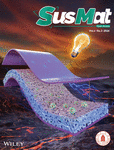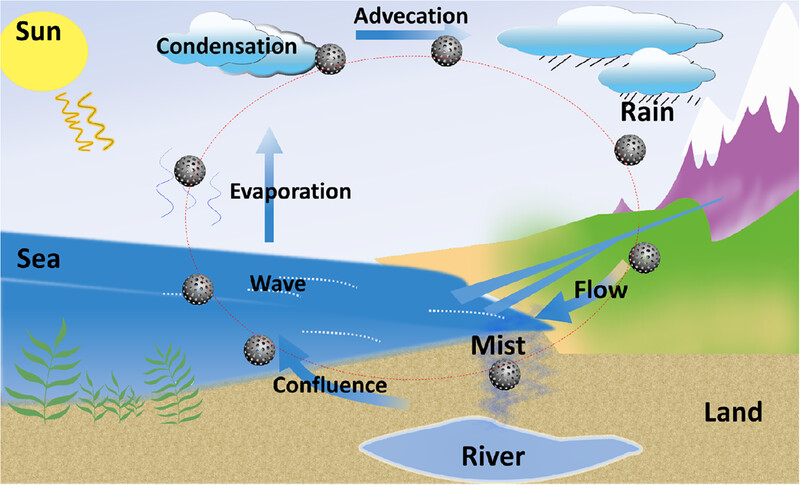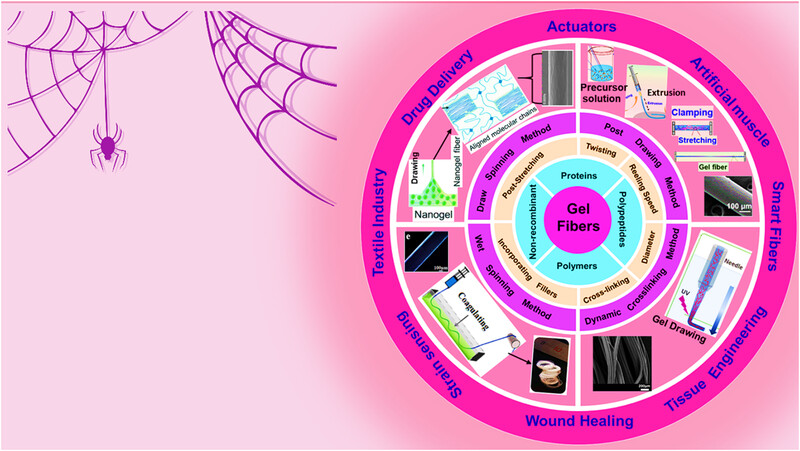Journal list menu
Export Citations
Download PDFs
FRONT COVER IMAGE
Advances in high-temperature operatable triboelectric nanogenerator
- First Published: 25 June 2024
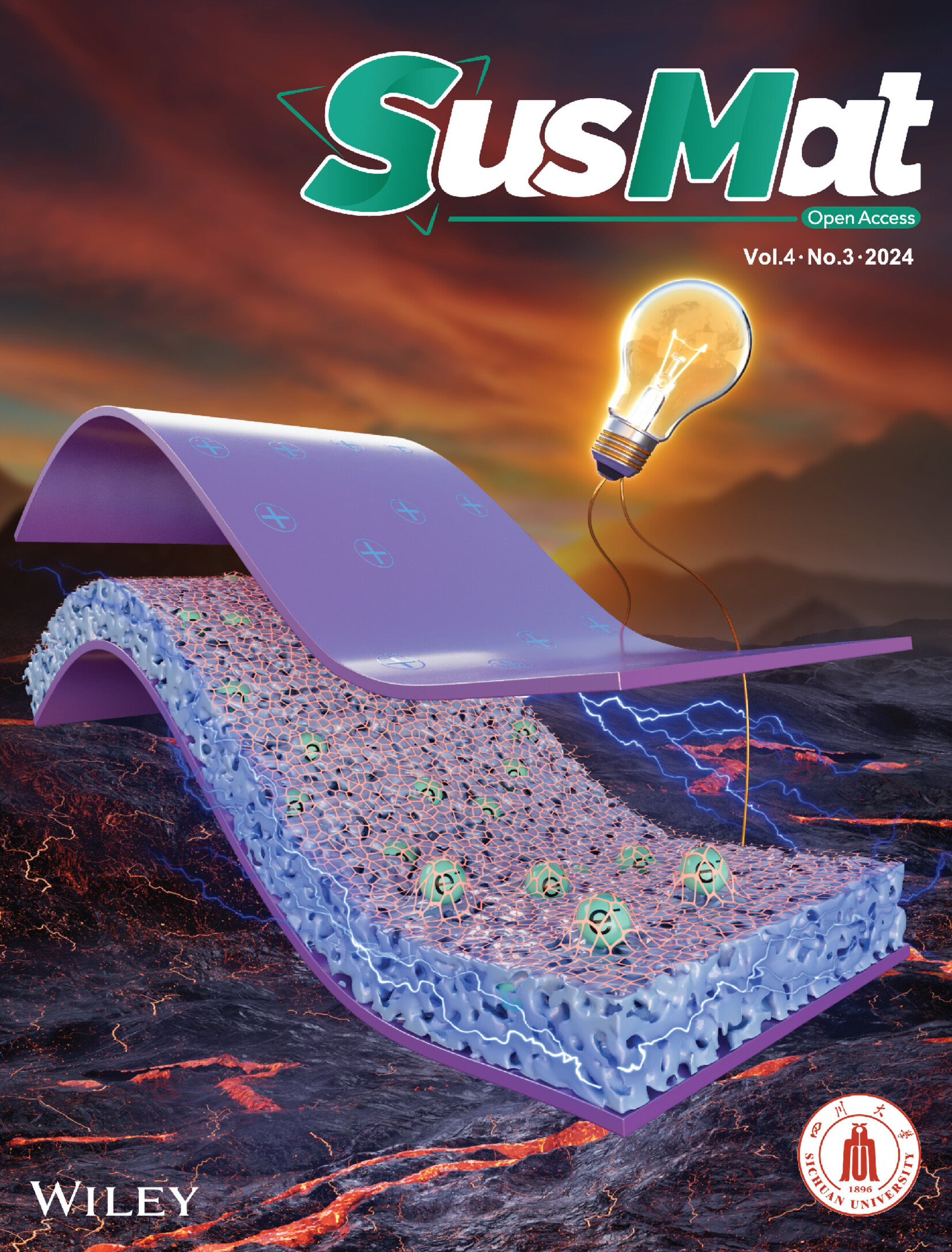
Triboelectric nanogenerator (TENG), as a continuous, durable, and self-sufficient power source, offers an innovative approach to effectively utilize diverse mechanical energy. This review comprehensively presents the current state and research advancements in high-temperature operatable TENG (HTO-TENG), providing valuable insights into future research prospects and design strategies to facilitate the rapid development of this field.
BACK COVER IMAGE
Synergistic redox reactions toward co-production of H2O2 and value-added chemicals: Dual-functional photocatalysis to achieving sustainability
- First Published: 25 June 2024
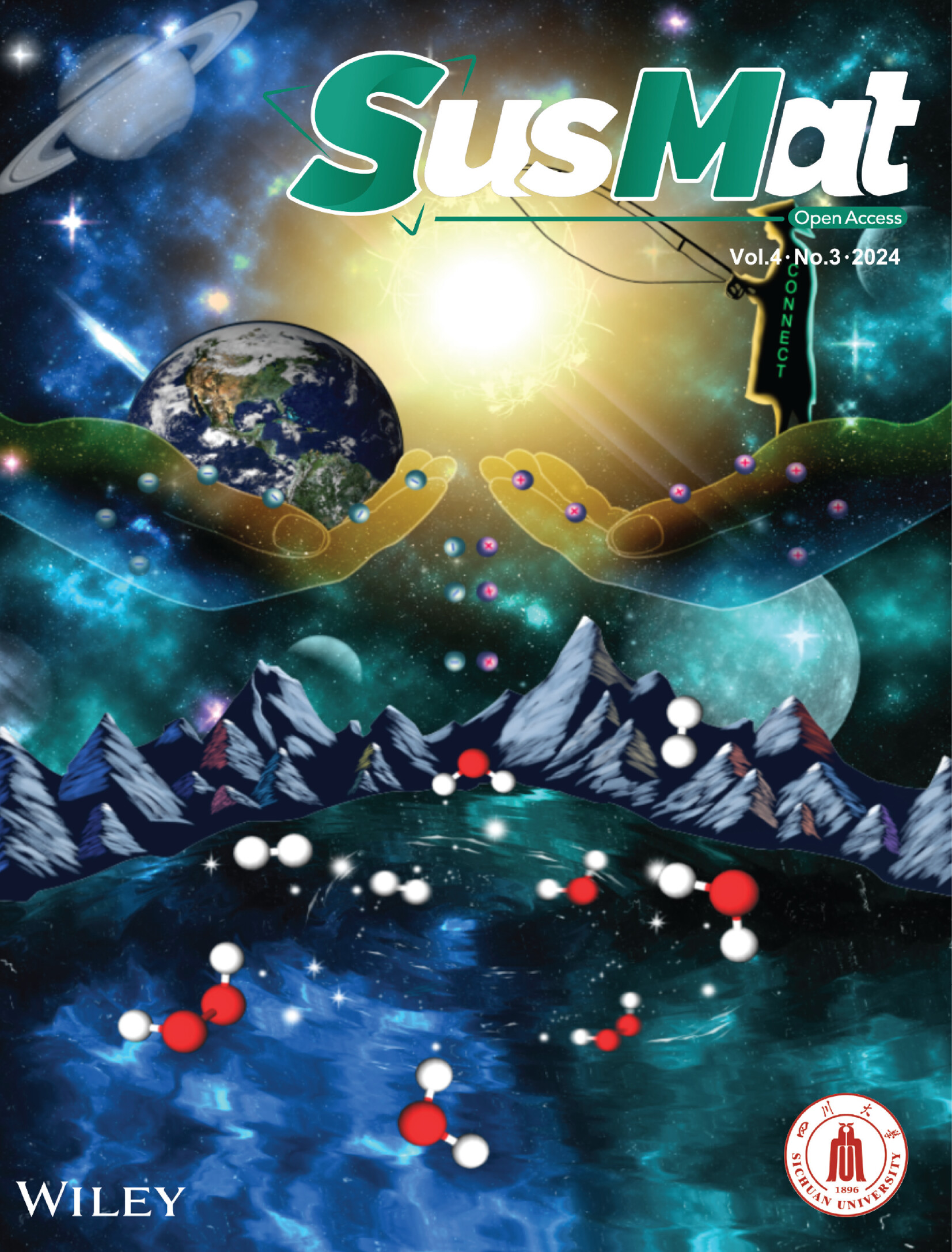
The integration of photocatalytic H2O2 synthesis with selective organic oxidation has received great attention from the scientific community in recent years. This review comprehensively summarizes the recent advancements in cooperative photoredox co-production of H2O2 and value-added chemicals. The associated challenges and prospects are also discussed as means of providing guidance toward future research.
ISSUE INFORMATION
REVIEWS
Advances in high-temperature operatable triboelectric nanogenerator
- First Published: 06 May 2024
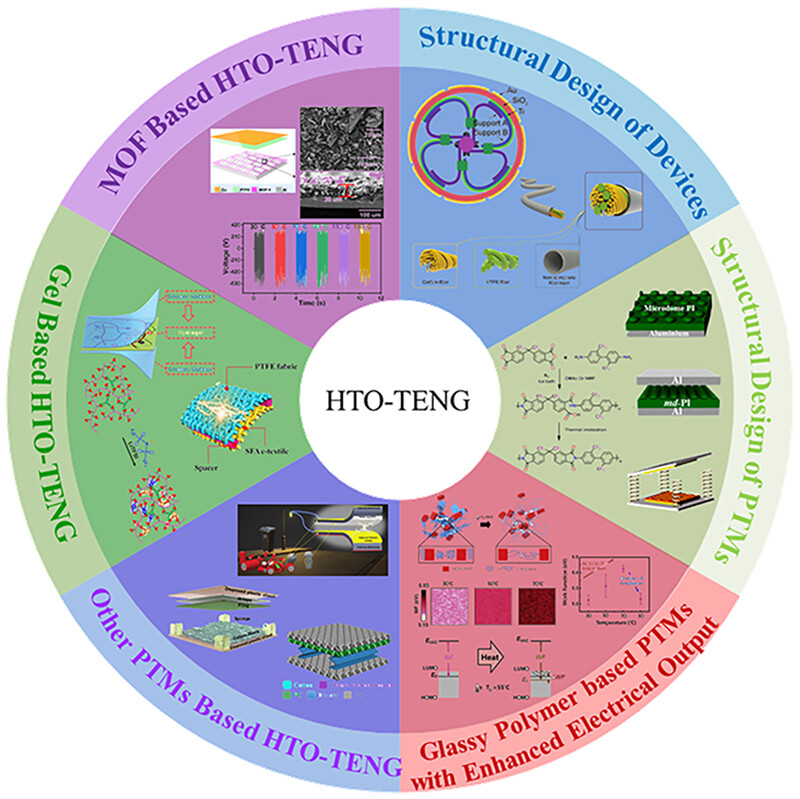
Triboelectric nanogenerator (TENG), as a continuous, durable, and self-sufficient power source, offers an innovative approach to effectively utilize diverse mechanical energy. This review comprehensively presents the current state and research advancements in high-temperature operatable TENG (HTO-TENG), providing valuable insights into future research prospects and design strategies to facilitate the rapid development of this field.
Synergistic redox reactions toward co-production of H2O2 and value-added chemicals: Dual-functional photocatalysis to achieving sustainability
- First Published: 11 April 2024

The integration of photocatalytic H2O2 synthesis with selective organic oxidation has received great attention from the scientific community in recent years. This review comprehensively summarizes the recent advancements in cooperative photoredox co-production of H2O2 and value-added chemicals. The associated challenges and prospects are also discussed as means of providing guidance toward future research.
New paradigms of water-enabled electrical energy generation
- First Published: 10 June 2024
Innovations in spider silk-inspired artificial gel fibers: Methods, properties, strengthening, functionality, and challenges
- First Published: 27 May 2024
RESEARCH ARTICLES
Three-dimensional electrically conductive–hydrophobic layer for stable Zn metal anodes
- First Published: 15 May 2024
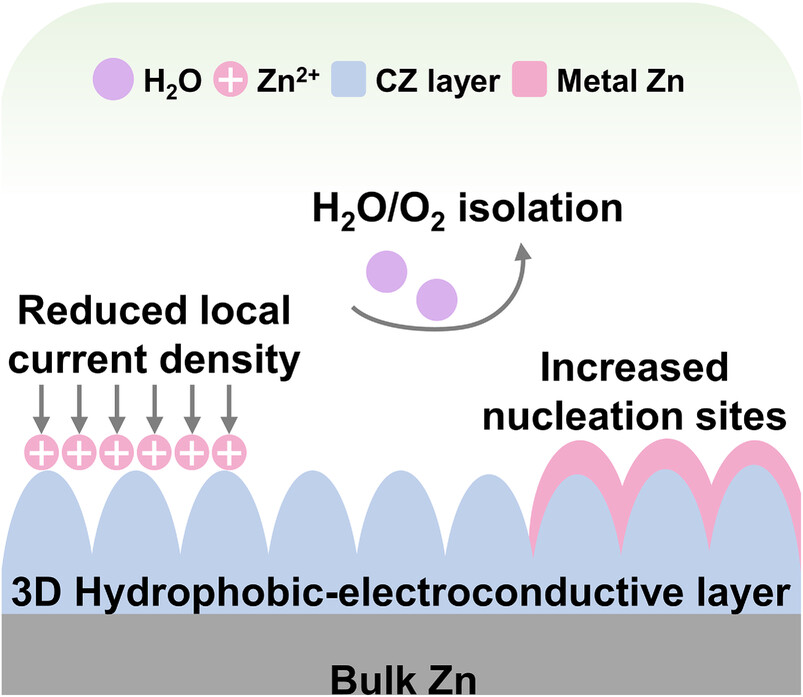
A 3D hydrophobic–electrically conductive layer is designed to produce stable composite Zn-based anode. The hydrophobicity of the anode helps inhibit side reactions, while 3D electrically conductive layer with a large specific surface area reduces local current density and optimizes electric potential distribution. Finally, the electrochemical performance of Zn metal battery using composite Zn-based anode is effectively improved.
Significantly enhanced ion-migration and sodium-storage capability derived by strongly coupled dual interfacial engineering in heterogeneous bimetallic sulfides with densified carbon matrix
- First Published: 28 April 2024
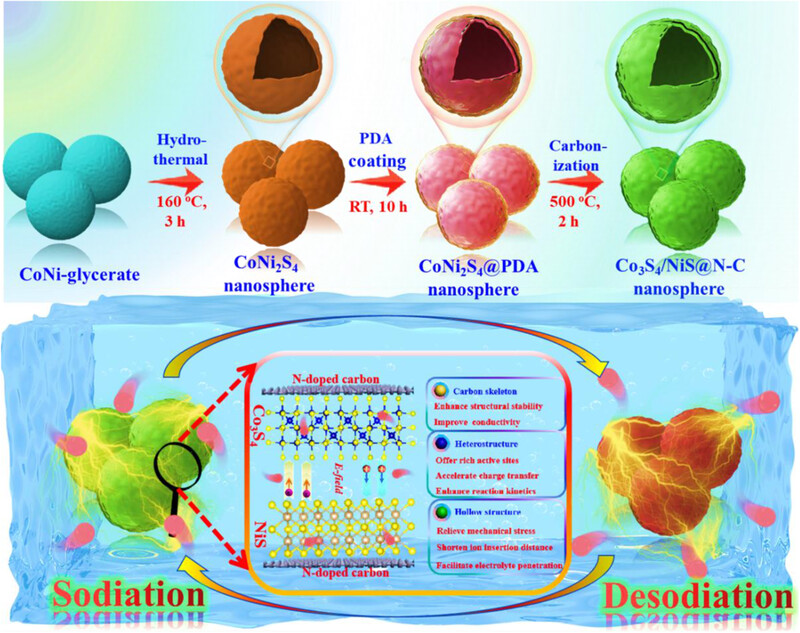
A hierarchically hybrid material with hetero-Co3S4/NiS hollow nanosphere packaged into a densified N-doped carbon matrix (Co3S4/NiS@N-C) is designed and fabricated. Benefiting from the remarkable advantages of nanoarchitectures, the Co3S4/NiS@N-C delievers an impressive cyclic lifespan and admirable high-rate capability.
Three-dimensional interconnected graphene network-based high-performance air electrode for rechargeable zinc‒air batteries
- First Published: 08 May 2024

A free-standing air electrode was developed by coupling active parts of Fe‒N4 species for oxygen reduction during discharging and FeNi hydroxides for oxygen evolution during charging in a nickel foam-supported three-dimensional interconnected graphene network with fast mass transport and electron transfer paths, showing excellent output performance and charge‒discharge cycling stability for zinc‒air batteries.
Side-chain symmetry-breaking strategy on porphyrin donors enables high-efficiency binary all-small-molecule organic solar cells
- First Published: 10 May 2024
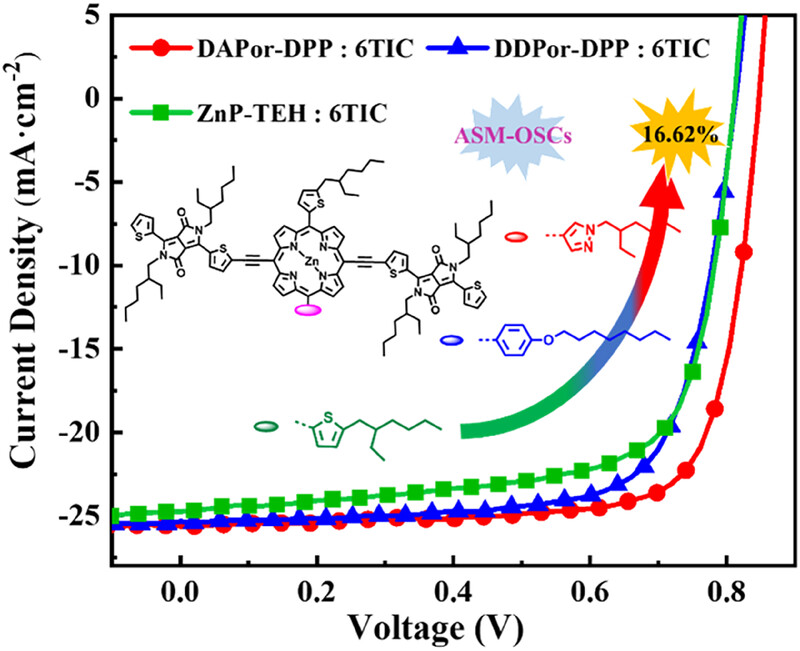
Side-chain symmetry-breaking strategy was applied to synthesize porphyrin-based small molecule donors. Benefiting from optimized molecular packing and favorable morphology, DAPor-DPP-based binary all-small-molecule organic solar cells (ASM OSCs) yielded a champion efficiency of 16.62%, which represents one of the highest power conversion efficiencies among binary ASM OSCs.
Solvation structure design for stabilizing MXene in transition metal ion solutions
- First Published: 08 May 2024
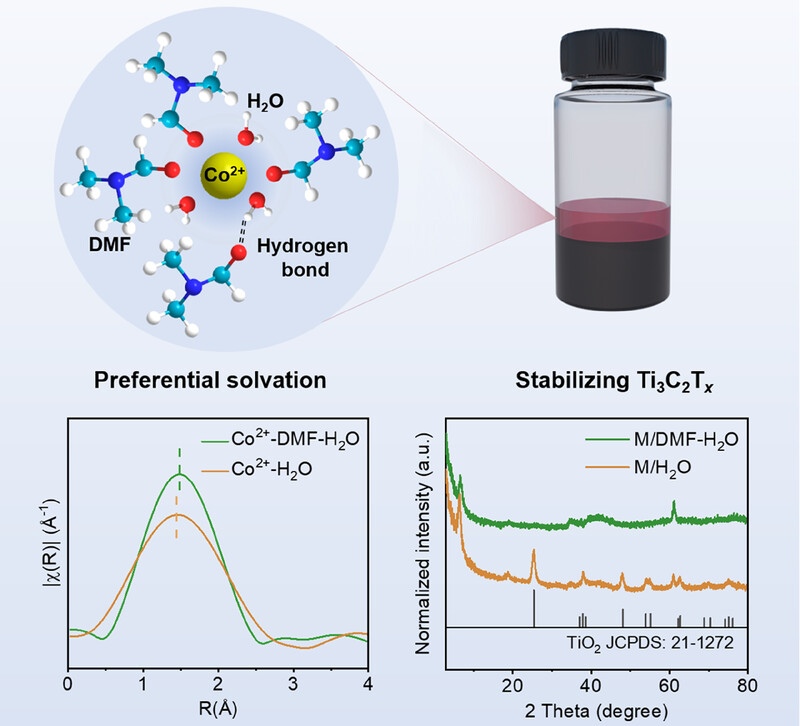
A solvation structure design strategy to enhance the stability of MXene in transition metal ion solutions was developed by the preferential coordination ability of DMF with Co2+, which results in partial release of H2O molecules from the sheath to reduce the likelihood of the interaction with the metal ion, and the strong DMF‒H2O interaction strengthens H2O stability.
Origin of the synergistic effects of bimetallic nanoparticles coupled with a metal oxide heterostructure for accelerating catalytic performance
- First Published: 09 June 2024
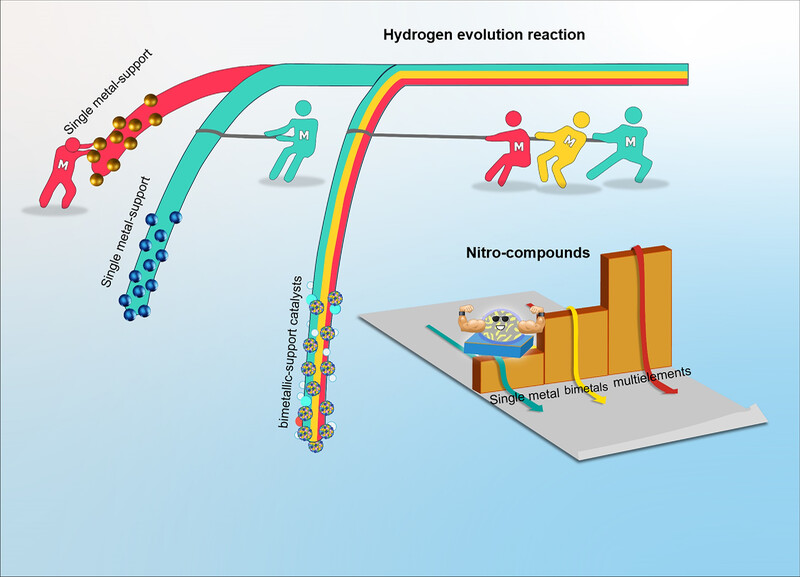
An ultrasound-assisted low-voltage plasma electrolysis method involves co-reduction of strong repellent elements at 3000°C to fabricate bimetallic catalyst. Bimetallic nanoparticles exhibited a high activity for the hydrogenation of nitroarenes with a robust stability for up to 20 cycles, which is considerably longer than that of contrast catalysts without ultrasonication, plasma, and other described catalysts.
Sulfone-functionalized stable molecular single crystals for photocatalytic hydrogen evolution
- First Published: 10 June 2024
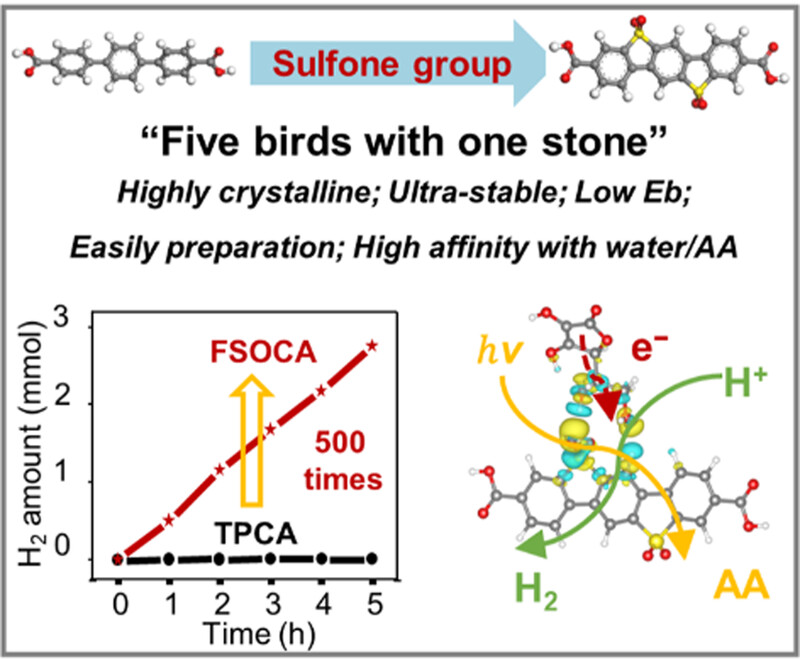
Here, we report a sulfone-functionalized molecular single crystal that integrates the necessary chemistry (high crystallinity, easy-synthesized, and good stability) for efficient photocatalytic hydrogen evolution. The resulting materials show efficient hydrogen evolution at a rate of 76 mmol g−1 h−1 (λ > 320 nm), which can stably produce hydrogen for at least 400 h.




